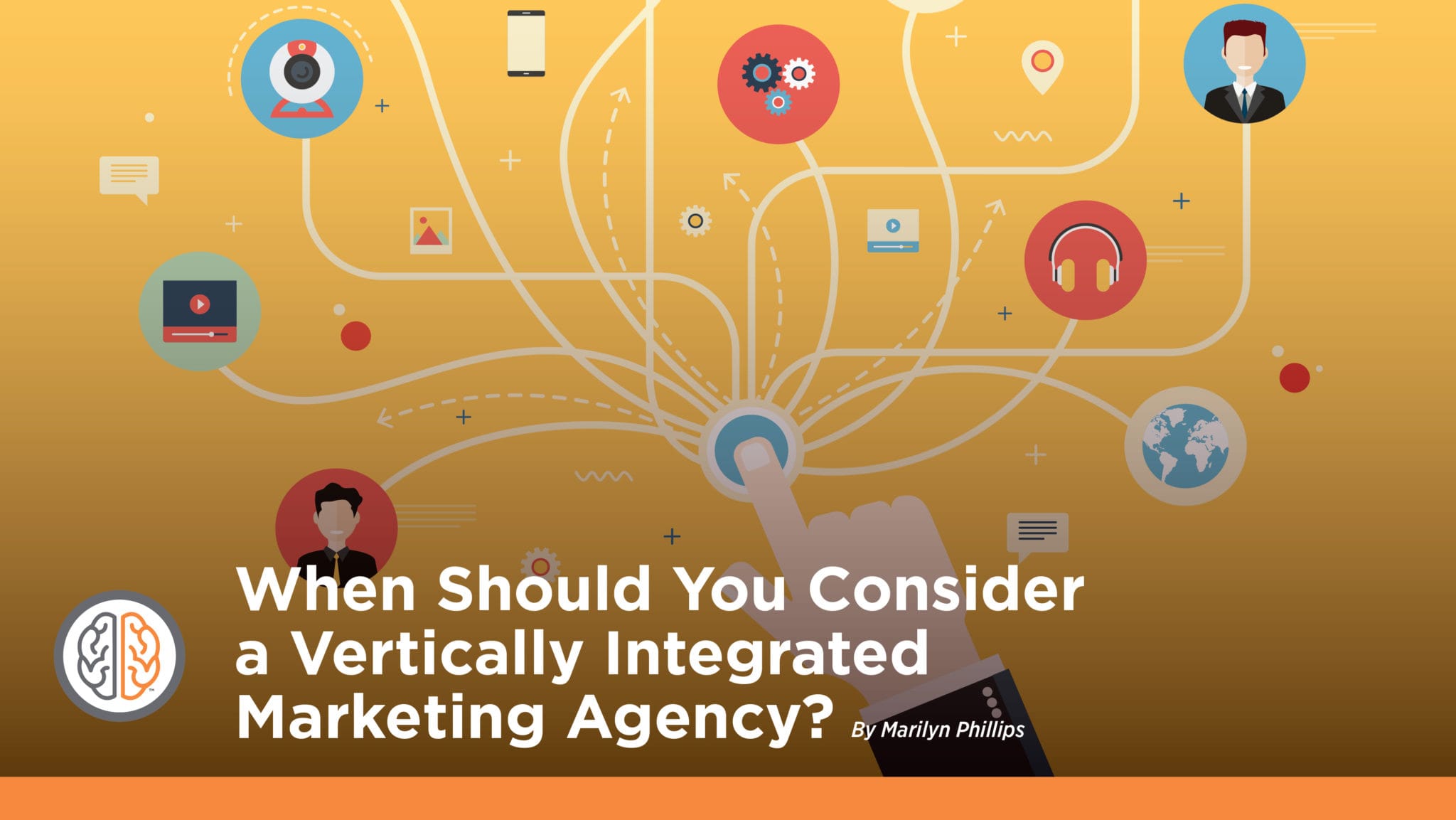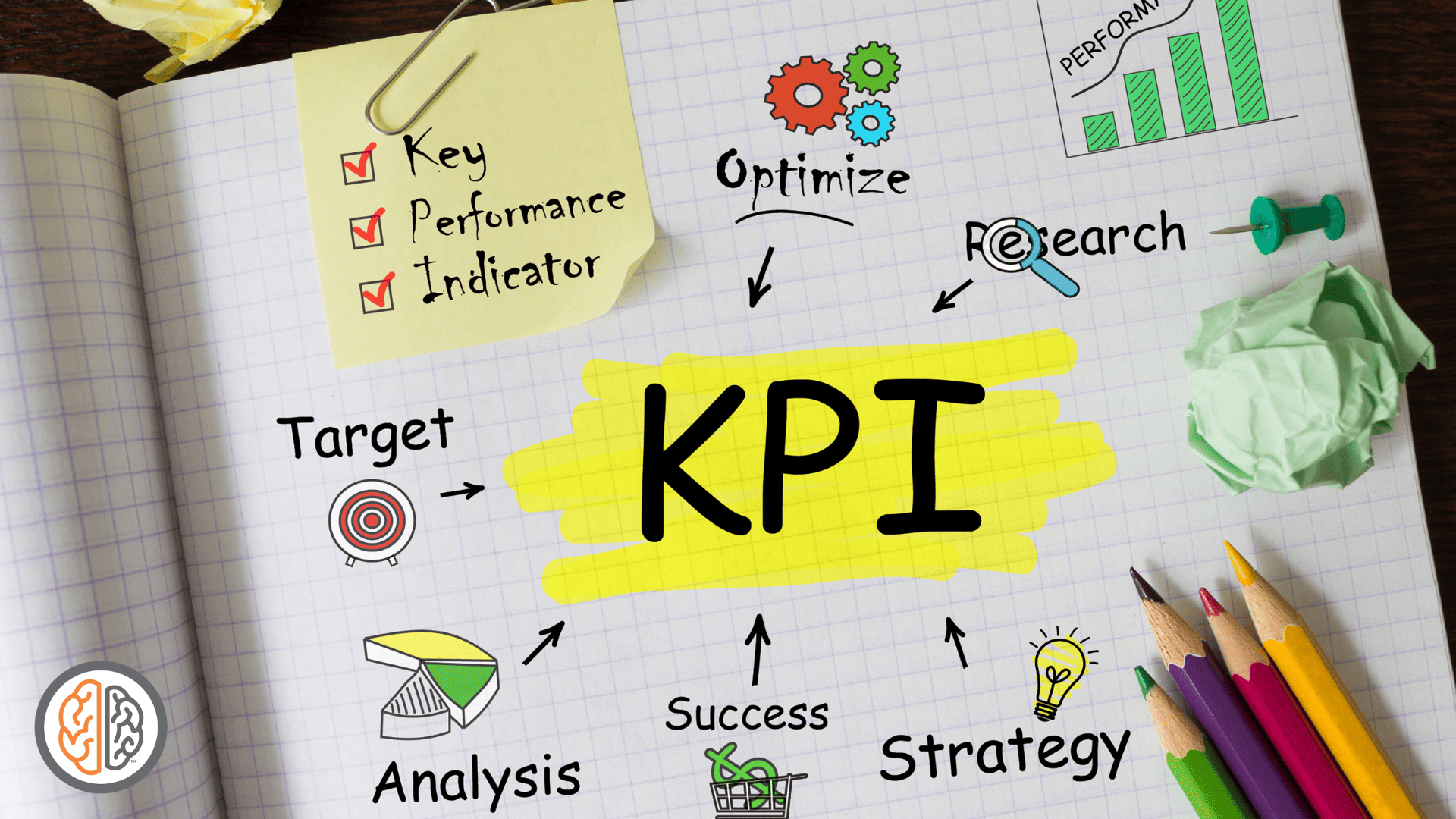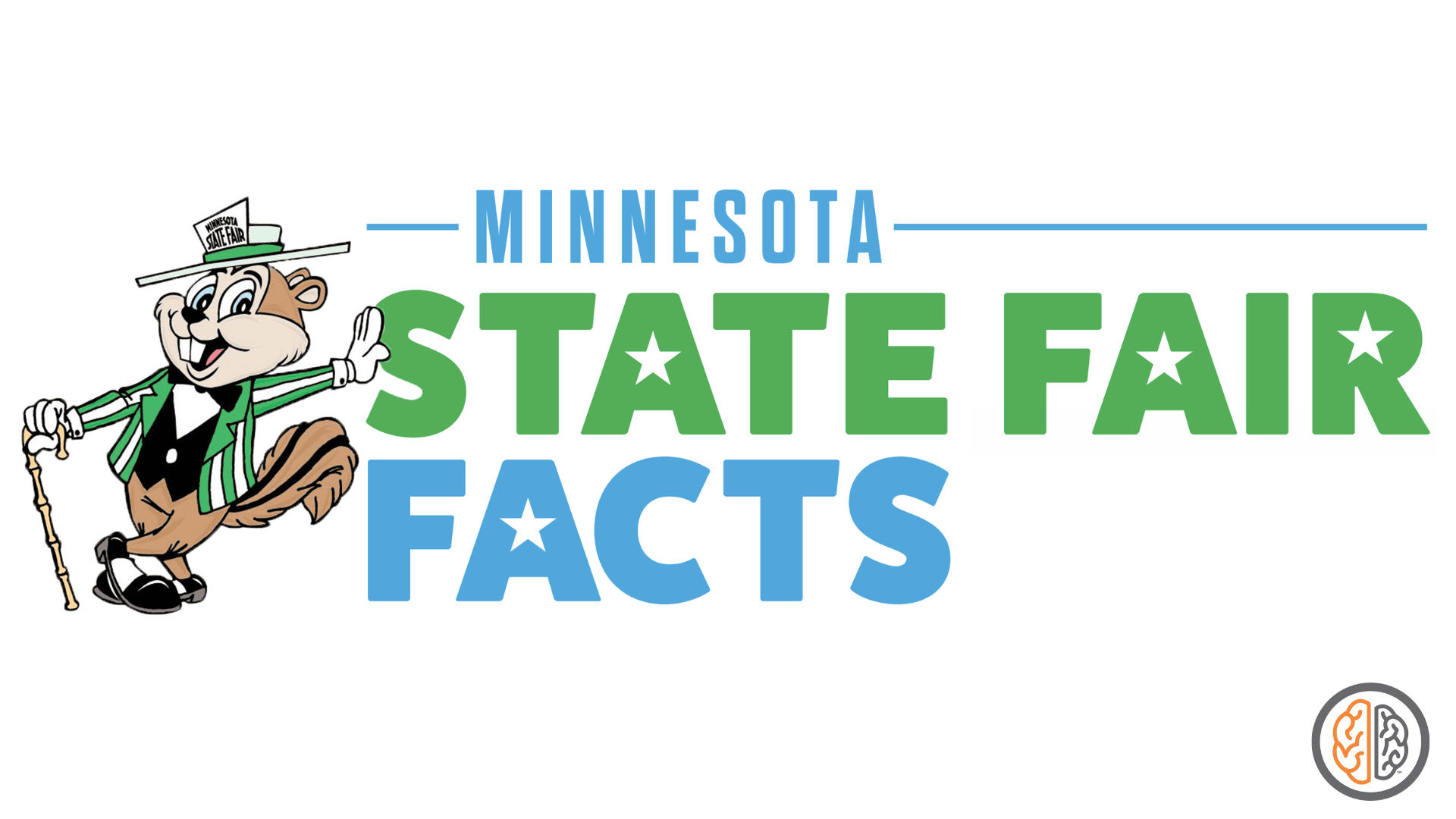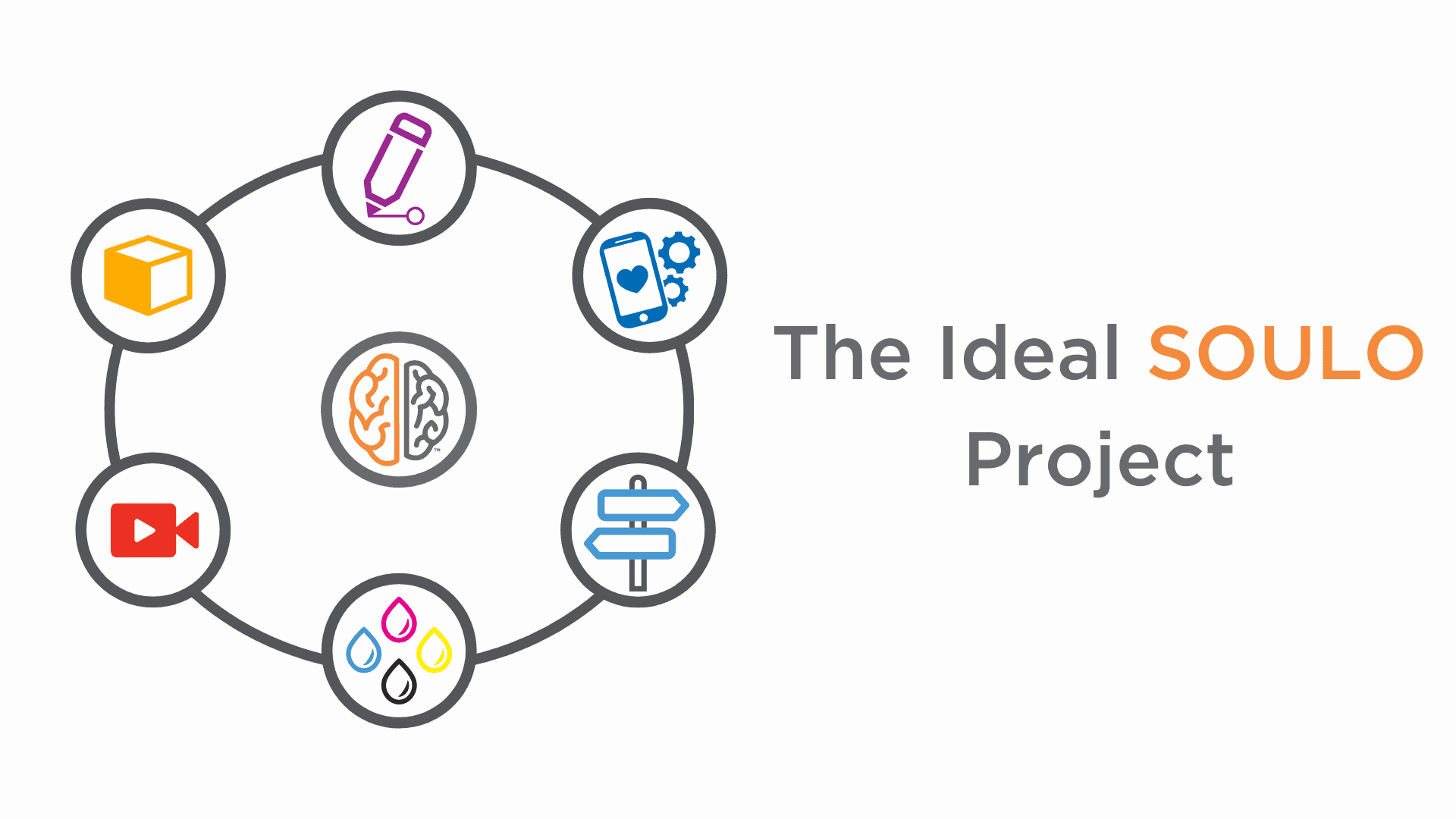- There’s no time in your busy workday for yet another agency meeting.
- You are spending a fortune on visual assets.
- You are worried about message consistency across platforms and you really don’t have time to educate your agencies.
- Your different communication programs are siloed and you don’t have a holistic view of performance/ROI for your communications program.
- A vertically integrated agency is “media-neutral” and seeks to optimize effectiveness for the brand.
- You question how directly your communication tactics are driving leads and conversion. And that’s really the most important task.
There’s no time in your busy workday for yet another agency meeting.
In this age of fragmented media specialization, a business may need to work with as many as five or six independent agencies: advertising, direct mail, social media, digital/website, PR, marketing automation SaaS agencies, among others. If you are a small business owner and you are “the Marketing Department” managing these resources and making informed decisions can take up a lot of your time.
You are spending a fortune on visual assets.
You are bombarded with requests for jpgs and digital files for multiple communication programs. You need a resource who can create and maintain a centralized visual asset library so these assets can be deployed across many different platforms. Instead of you digging for the right image, a vertically integrated agency does the work for you, and it saves time and money.
You are worried about message consistency across platforms and you really don’t have time to educate your agencies.
72% of consumers* prefer to see commonalities of Brand messaging across platforms. It drives familiarity and reassurance. And integrated messages drive 24% higher engagement. A vertically integrated agency will have a well defined Master Brand Architecture framework that ensures each program reflects both the unique communication needs of the channel while also building brand image, reputation, and meaning. So consumers and customers will encounter your brand the way you intended. That’s a good thing!
Your different communication programs are siloed and you don’t have a holistic view of performance/ROI for your communications program.
Each agency provides you with different performance metrics but other than sales rates, it’s hard to get a good feel for whether the marketing mix is effective or not and which tactic is driving the results. A vertically integrated communications agency plans, designs, and executes in a wide range of communications tactics and sets performance goals for each.
An agency’s Marketing Automation platform will provide holistic metrics for each digital touchpoint across the shopper journey and that can be overlaid with traditional media performance metrics, providing that broader perspective you seek.
A vertically integrated agency is “media-neutral” and seeks to optimize effectiveness for the brand.
You sometimes feel at the mercy of vendor claims and promises. How to evaluate? Vertically integrated agencies work with a diversity of clients, industries, and communication platforms, and you benefit from that wide-ranging experience. Moreover, the agency is up-to-date on the latest thinking and innovations and its experts and specialists will be able to fairly evaluate new programs and tactics in a broader context.
You question how directly your communication tactics are driving leads and conversion. And that’s really the most important task.
A vertically integrated communications agency understands the relative power and appropriateness of different tactics at each stage of the customer journey: awareness, engagement, conversion, customer satisfaction. A vertically integrated agency will do synergistic communications planning and couple it to insightful creative work that is designed and produced in-house specifically for the channel. The strategy and creative team work closely with production to ensure that the vision is correctly executed. That optimizes communications effectiveness at each touchpoint.
*Source: “4thAnnual Consumer Insights Survey,” E-tailing Group
SOULO is a full-service marketing and communications agency that helps client partners get the most from their projects through signage, printing, and digital marketing. Ready to get started? Contact us today!






